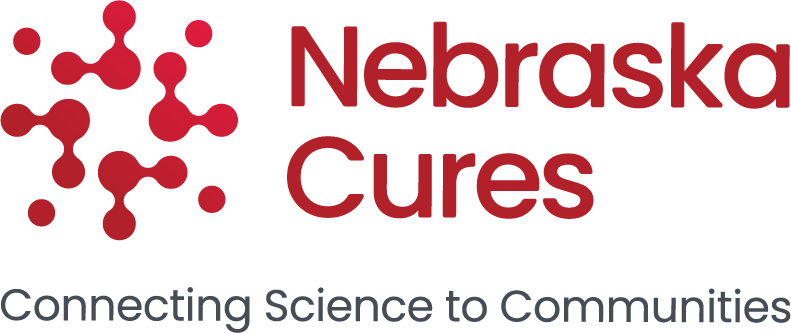By David Crouse, Ph.D.
For many years the standard approaches to treating cancer have been surgery, chemotherapy, and radiation therapy. Scientists have also clearly shown that many cancers have unique markers on their cell surface that can be identified by molecular or immunological techniques. At the same time, in what seems like a long development, immunotherapy has finally shown some very effective approaches. Several immunotherapies are now available or in clinical trials. Chimeric Antigen Receptor T-cell therapy (CAR-T) has shown remarkable success in some cancers. This therapy is the ingenious combination of immunotherapy and a specialized form of gene manipulation (CAR T Cells: Engineering Immune Cells to Treat Cancer – National Cancer Institute). There are also excellent reviews in the New England Journal of Medicine: Chimeric Antigen Receptor Therapy (nejm.org) and Journal of the American Medical Association (The Promise and Challenges of CAR-T Gene Therapy | Genetics and Genomics | JAMA | JAMA Network).
To explain it simply, one of the main cell types responsible for recognizing pathogens and mounting an immune response are blood borne T-lymphocytes, also called T-Cells. These cells circulate throughout the body and can recognize a pathogen with specialized receptors on their cell surface that bind to the pathogen and lead the T-cell to kill it. This would be great if only there were circulating, specific T-cells with the right receptor to recognize and kill the cancer cells. That is where CAR-T cell therapy comes in.
Research has shown that some cancers have antigens (protein markers) on their cell surface that help identify the cancer cell (e.g., CD19 on B-cell lymphomas). Modern molecular biology also has led to the solid understanding of the intracellular, DNA-based construction of T-cell receptors. Using this knowledge, scientists have the knowhow to build the receptor that binds to the antigen on the surface of the cancer cell. To do this, white blood cells, containing T-cells, are removed from the patient’s blood; T-cells are isolated and collected while the rest of the blood cells are returned to the patient in a process called apheresis. These collected T-cells are then manipulated in the laboratory using an inert virus to insert the DNA that makes the receptor that was found to be specific for the cancer cells – these are now called chimeric antigen receptor T -cells (CAR T-cells). The term “chimera” simply refers to the fact that these cells have two origins of their activity: the patient’s T-cell and a lab-inserted, cancer cell specific receptor. Special culture techniques are then used to stimulate the CAR T-cells to divide and thus greatly multiply their number into many millions of cells. This process takes a couple of weeks or more. Typically, the patient is treated with chemotherapy to reduce the cancer load and suppress the immune response before the CAR T-cells are reintroduced intravenously, into the same patient where they were removed.
Several blood-borne cancers are now FDA approved for CAR T-cell therapy and have been shown to be remarkably responsive to the therapy. In an early study of pediatric acute lymphoblastic leukemia that relapsed after other therapies, 83% of the 63 children had a complete elimination of the malignant cells at three months following CAR T-cell therapy (Tragedy, Perseverance, and Chance — The Story of CAR-T Therapy | NEJM). Additionally, a similar CAR T-cell therapy directed at refractory diffuse large B-cell lymphoma (Chimeric Antigen Receptor Therapy (nejm.org) has been shown to be equally effective. The UNMC Oncology group is currently using CAR T-cell therapy to treat some difficult blood cell cancers. These treatments and others now have full FDA approval and many other cancer treatments with CAR T-cells are in clinical trials. Unfortunately, some treatments may also have significant, but manageable side effects, due to “cytokine storms” and are very costly.
Novel CAR-T trials are even being attempted in solid tumors (breast, colon, brain, etc.) and research is now active using the chimeric antigen receptor approach with other than T-cells. For example, studies are underway using macrophages and natural killer (NK) cells with chimeric receptors. In all these areas, the molecular approach to treating cancers is moving forward very steadily. Only time and well-designed research will tell which cancers can be effectively treated.
